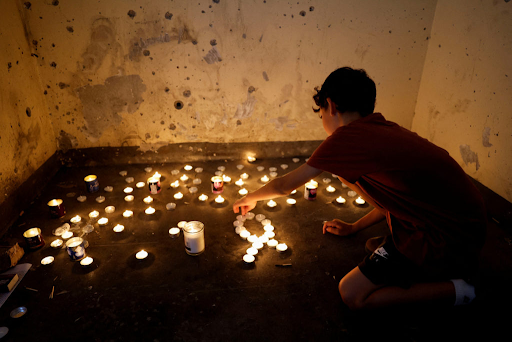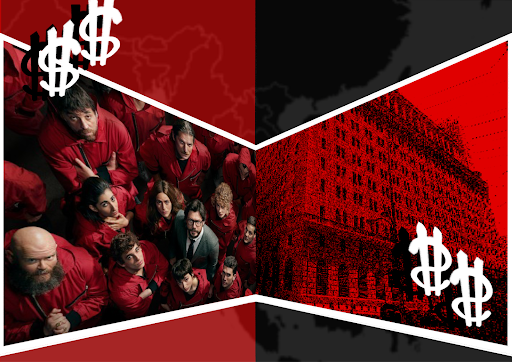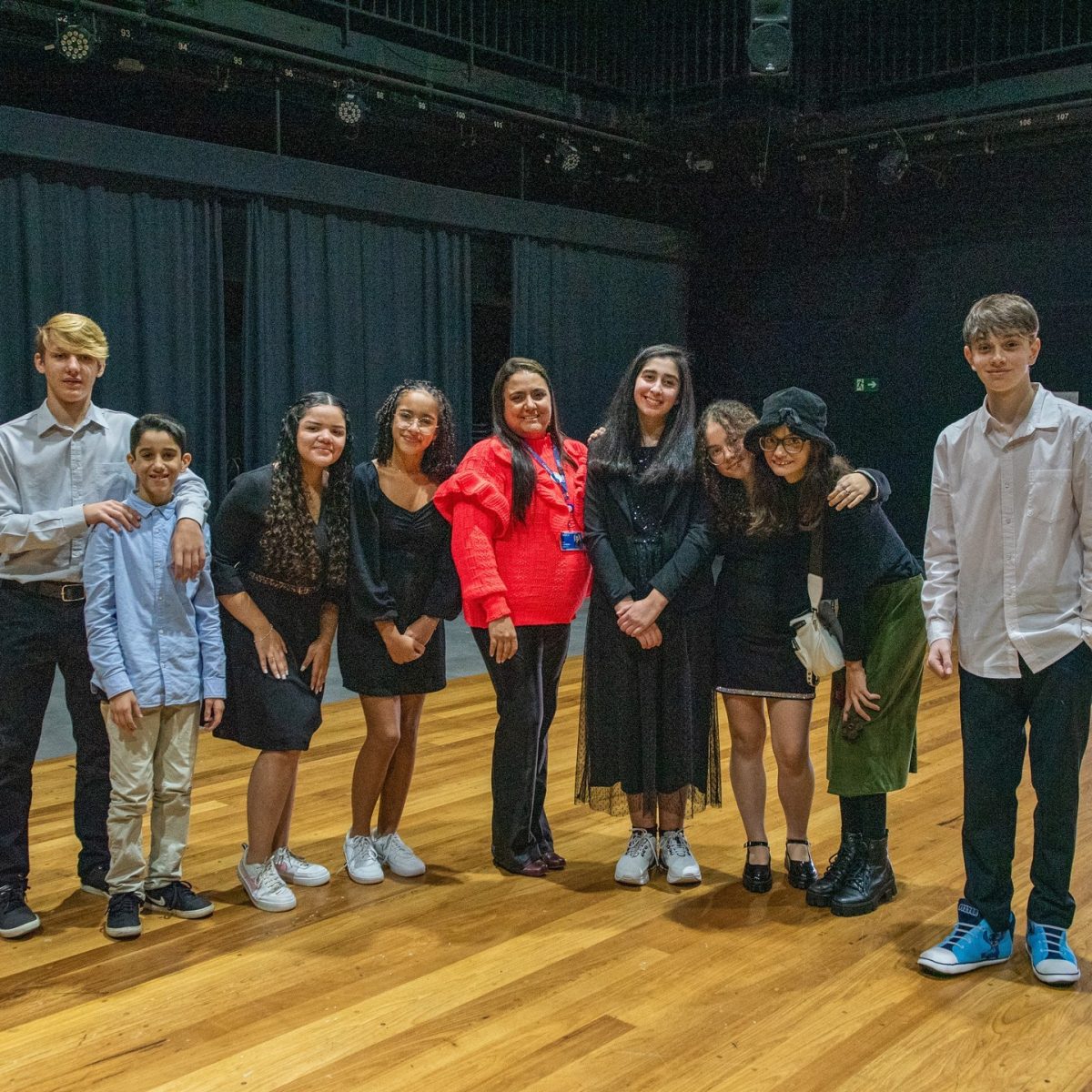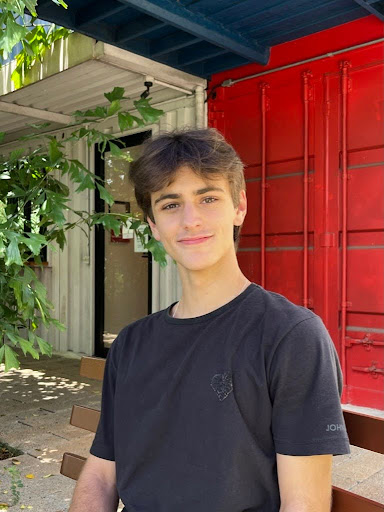*Disclaimer: The views expressed in this article are those of the author and do not necessarily reflect those of Graded School.
On October 7, 2023, Israel unexpectedly awoke to the sound of sirens, blazing rockets, and encountered a coordinated assault that has since been called the deadliest single day for Jews since the Holocaust. To better understand what truly happened that morning two years ago, I spoke with Deborah Sutton, Head of Education at StandWithUs Brazil, a nonprofit organization dedicated to combating antisemitism and promoting education worldwide about Israel.
6:28 AM IST
When I spoke with Deborah, she helped me frame the background leading up to October 7. For years, the Gaza Strip, a small territory along the Mediterranean Sea on the Sinai Peninsula, has been under the control of Hamas, a radical terrorist group whose founding charter explicitly calls for the destruction of the Jewish people. In 2005, Israel withdrew from Gaza, hoping that peace might follow. Instead, in 2007, Hamas violently seized power, beginning an authoritarian rule that left Gazans both dependent on and trapped by the very group that claimed to defend them.
Since then, Hamas has launched wave after wave of rockets into Israel, prompting border closures, retaliatory strikes, and endless cycles of violence that left civilians on both sides suffering. Meanwhile, the broader Middle East seemed to be inching toward reconciliation: Israel had signed the Abraham Accords in 2020 and was on the brink of normalizing ties with Saudi Arabia in 2023. For Hamas and its backers, October 7 was not only a day to celebrate terror against the Jewish state; it was also a geopolitical calculation to shatter that progress entirely.
6:29 AM IST
At 6:29 a.m., on Simchat Torah, one of the most joyful Jewish holidays, and on Shabbat, the Jewish day of rest, Hamas breached Israel by land, sea, and air. Under a barrage of thousands of rockets aimed at Israel’s main cities, roughly 3,000 militants stormed kibbutzim (communal farms), towns, and even a music festival, murdering indiscriminately. Children, the elderly, Arabs, and Muslims living in Israel, all were brutally attacked, assaulted, and murdered. In just a few hours, 1,200 lives were taken, and 240 hostages, including women, children, and babies, were forcibly taken into Gaza.
Israel declared war. The country, which had been deeply fractured politically, suddenly found itself united in trauma. Political divides no longer mattered; survival did. Daily life halted. Families froze in time, unable to move forward, as hostages remained captive and fighting continued on multiple fronts.
6:30 AM IST
For Jews worldwide – for me, for my community – October 7 was not a distant tragedy. It tore open a personal wound. Nearly every Jewish family has ties to Israel: friends, relatives, or community members directly touched by the attack. Soon after, another shockwave followed: a surge in antisemitism. From Ivy League campuses to European soccer stadiums, Jews were told they were responsible for Israel’s actions. Students were harassed, professors were barred from campuses, and slogans of “resistance” became calls for violence.
October 7 changed not only Israel but Jewish life everywhere. Many Jews who had long stayed distant from debates over Zionism suddenly found themselves re-engaging with it. To be Jewish after October 7 – especially for me – meant carrying an identity that could no longer be quietly set aside, one defined as much by resilience as by vulnerability.
This moment is not only about Israel. Hamas’ ideology stands against everything the free world claims to value – women’s rights, LGBTQ+ rights, freedom of religion, freedom of expression. To see October 7 solely as an attack on Jews is to miss the point: it was an assault on liberal democracy and human rights themselves.
Present Day
Nearly two years later, the war continues. Forty-eight hostages remain in Gaza, their fates unknown, their families trapped in unbearable uncertainty. Israeli society has shown remarkable resilience, trying to live day by day, but beneath the surface, the pain remains raw. It feels as though time froze on that October morning – every conversation circles back to those still missing, every life tethered to the ongoing war.
The political crisis has deepened, as the weight of war collides with questions of leadership, morality, and long-term vision. The diaspora remains shaken too. Jewish students around the world still navigate hostility; many hide their identities just to feel safe. Antisemitic incidents have reached levels unseen in decades – attacks, slurs, and social exclusion have become disturbingly normalized.
In schools, what followed October 7 was often silence. But silence in the face of atrocity is not neutrality, it is complicity. When students aren’t given the tools to understand events like October 7, misinformation and bias fill the void.
To teach about October 7 is not to erase Palestinian suffering or deny complexity. It is to affirm the right to name terror when it occurs, to draw historical lines from antisemitism to other forms of hatred, and to help students see how authoritarianism threatens all minorities. Hearing from survivors, studying historical records, and creating spaces for honest, respectful dialogue are ways schools can uphold their responsibility to truth and empathy.
October 7 reminds me how fragile political systems become when confronted by extremism. Whether in São Paulo, New York, or Tel Aviv, the lesson is the same: ignoring hatred only allows it to grow.
As we approach two years since that day, the urgency has not faded. Hostages are still waiting. Families are still grieving. Jewish students are still being silenced. And the broader world is still trying to grasp what this means for the future of democracy and coexistence.
Two years later, October 7 still has not ended.




















